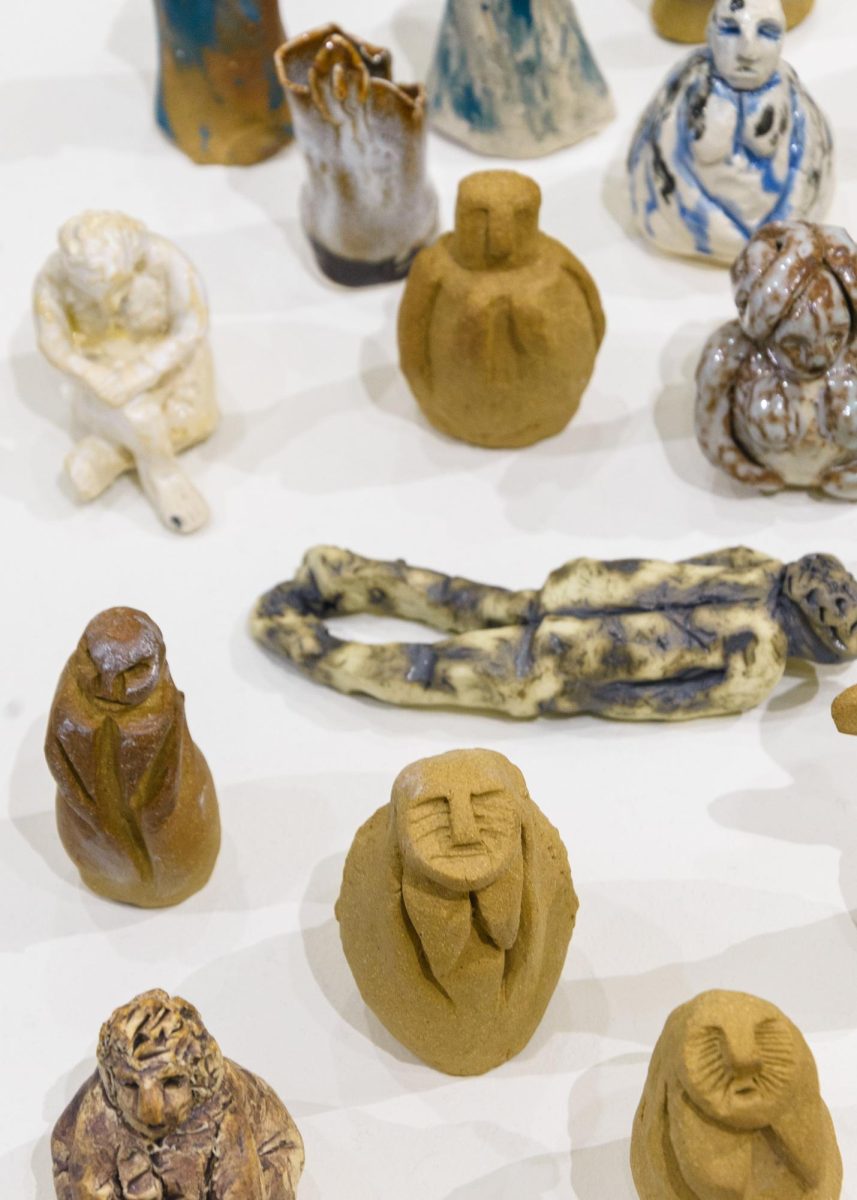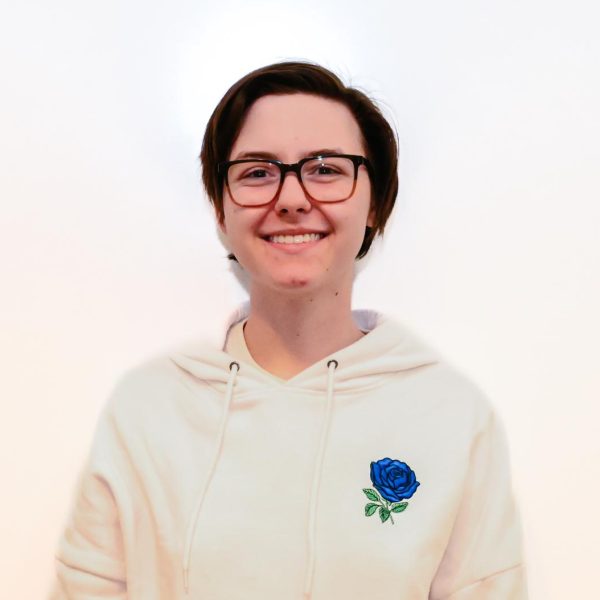UMass Boston is replete with talented artists and creatives. The student body captures a wide variety of mediums, styles and career goals, creating a diverse canvas of craftsmanship. This talent, however, would not be possible without the ancestral artists that came before us.
Art history is a wonderfully intriguing way to learn about societies of the past. One can approach it from any possible angle, as art has been around since the beginning of human life. From the Renaissance to Japanese art of the 1900s, there is something of interest for everyone.
Starting next fall, students with a major in the Art and Art History Department will be able to choose between two concentrations: studio art and art history. Students will also be able to choose a new studio art minor if they wish, which adds to the existing art history minor. This adds a clearer set of tracks for students to choose from.
Both concentrations require 36 credits of coursework. According to art history professor David Areford, “required courses range from 100 and 200-level introductory courses to advanced 300-level courses. Both concentrations also include a culminating Capstone Course.” A wide variety of courses are available to majors in both concentrations.
Choosing between the two concentrations will give art majors a great deal of freedom. Rather than place themselves into one large group, students can expand their knowledge in the concentration they wish. Along with this, “Students can choose to clearly focus their experience, [and] majors will have a greater sense of identity and community,” Areford says.
How can students choose between the two concentrations? It depends on the types of courses and career paths one wishes to pursue. Each one fits a specific niche, and narrowing down the decision to a concentration allows students to have a more in-depth education on what interests them the most.
The studio art concentration, according to Areford, “is ideal for students who want to pursue a career as a professional artist, graphic or web designer, art educator or various occupations in the museum or gallery world.” Students who are more interested in the creative side of art may be more inclined to pursue this side of education, where they can take classes in various mediums.
On the other hand, the art history concentration “is perfect for those students interested in careers in curatorial and museum work, as well as post-graduate education in art history or museum studies,” Areford says. “Art history students can select from courses that explore a variety of cultures and periods, from ancient Greece and Rome to the Middle Ages, Renaissance and beyond in Europe.”
With this new specificity, students can sharpen their knowledge on what interests them the most. For more information, students can contact the chair of the Art and Art History department, Cat Mazza. They can also reach out to art history professor David Areford.



